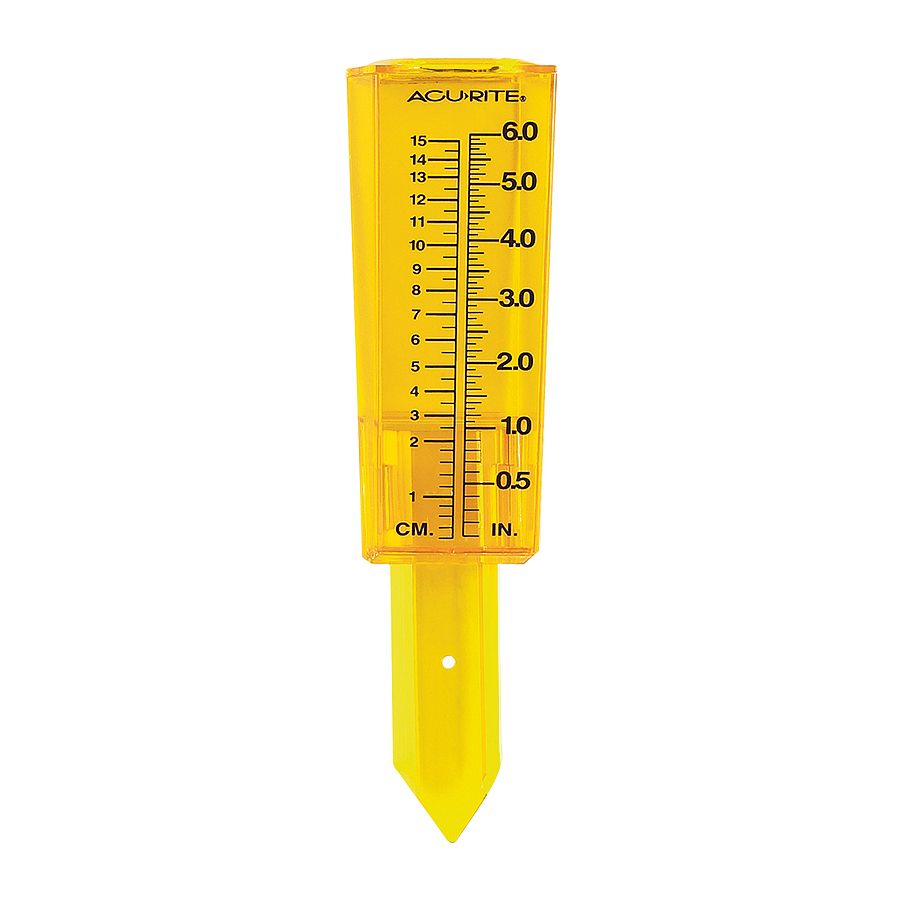DIY Rain Scale: Simple Steps to Make Your Own
Are you thinking about tracking rainfall in your area? Producing your own do it yourself rain gauge is a effective and straightforward method to measure and record precipitation. With just a couple of usual products and some fundamental actions, you can quickly create your own rainfall scale at home. In this overview, we will certainly offer you with a detailed procedure to aid you produce your own rain scale. No need for any specialized expertise or devices - this job can be completed by anybody. By following these easy instructions, you will certainly have a trustworthy device to measure rainfall and add to your understanding of the regional weather condition patterns. Let's get started on making your Do it yourself rainfall gauge today!
Gather Products
To start building your Do it yourself rainfall gauge, gather all the required products using a detailed list of products. Having the right products on hand will certainly guarantee the successful development of your rainfall gauge and enable for exact measurements of rains. Gathering these products beforehand will improve the building process and make certain that you have everything you need to produce your very own DIY rainfall scale.
Prepare the Container

Mark the Dimension Increments
To properly gauge the amount of rainfall, accurately marking the measurement increments on your do it yourself rain scale is crucial. Without accurate and clear markings, it would certainly be challenging to identify the precise amount of rains collected in your rainfall gauge. Below are the steps to mark the measurement increments on your rain scale.
First, select the system of dimension that you wish to utilize. One of the most typical devices for measuring rains are inches and millimeters. Use a permanent marker or water resistant paint to note the increments on the side of your rain gauge as soon as you have chosen the unit. For inches, you can note every quarter inch or every fifty percent inch, depending on your choice. For millimeters, you can note every 10 millimeters or every 20 millimeters.
When marking the increments, it is vital to make sure that they read more are equally spaced and plainly noticeable. Make use of a leader or measuring additional reading tape to guarantee precision and consistency. Additionally, see to it that the markings are resistant to fading or rubbing off, as exposure to the aspects might trigger them to deteriorate gradually.
Place the Rainfall Gauge Outdoors
The rainfall scale need to be placed outdoors to accurately gather rainfall information. The place picked for the rainfall scale need to be open and complimentary from any blockages that might potentially influence the measurement of rainfall. The Rain Gauge.
Furthermore, it is important to place the rain scale on a stable surface, such as a level ground or a strong article. This will prevent any type of motion or tilting of the gauge, which might lead to incorrect measurements. It is also advisable to avoid putting the scale near any type of sources of fabricated water, such as sprinklers or drain systems, as this can conflict with the accuracy of the dimensions.
Screen and Document Rain Information
Regular tracking and recording of rains information is essential for precise information analysis and interpretation. By keeping track of rainfall dimensions, you can gain beneficial insights into weather patterns, climate fads, and water source management. To efficiently check and tape rains data, it is important to develop a regular and maintain constant methods.
First of all, make sure that your rainfall gauge is placed in an open location far from barriers such as trees or structures that might obstruct rains. Furthermore, make certain the rainfall scale is level and safely anchored to avoid any type of activity that can influence the accuracy of the measurements.

When tape-recording her response the rains information, it is crucial to note the date and time of each dimension. Make use of a leader or a gauging stay with figure out the rains depth in the rainfall scale, and record this information properly.
To ensure the precision of the dimensions, it is advised to empty the rain scale after each recording. This will protect against any kind of overflow or dissipation from impacting subsequent dimensions.
Verdict
Finally, producing a DIY rainfall gauge is a straightforward and functional way to keep track of and record rainfall data (The Rain Gauge). By complying with the steps detailed in this post, you can quickly gather products, prepare the container, note the measurement increments, and place the rainfall gauge outdoors. Frequently monitoring and tape-recording rains data can offer beneficial info for different functions
Having the appropriate materials on hand will ensure the effective production of your rain gauge and allow for precise measurements of rainfall.To accurately gauge the quantity of rainfall, precisely marking the dimension increments on your DIY rainfall gauge is crucial.The rain gauge must be placed outdoors to properly collect rains information. The area selected for the rain scale ought to be open and complimentary from any kind of blockages that might possibly affect the dimension of rainfall.In final thought, creating a DIY rainfall scale is a useful and straightforward method to monitor and videotape rains information.